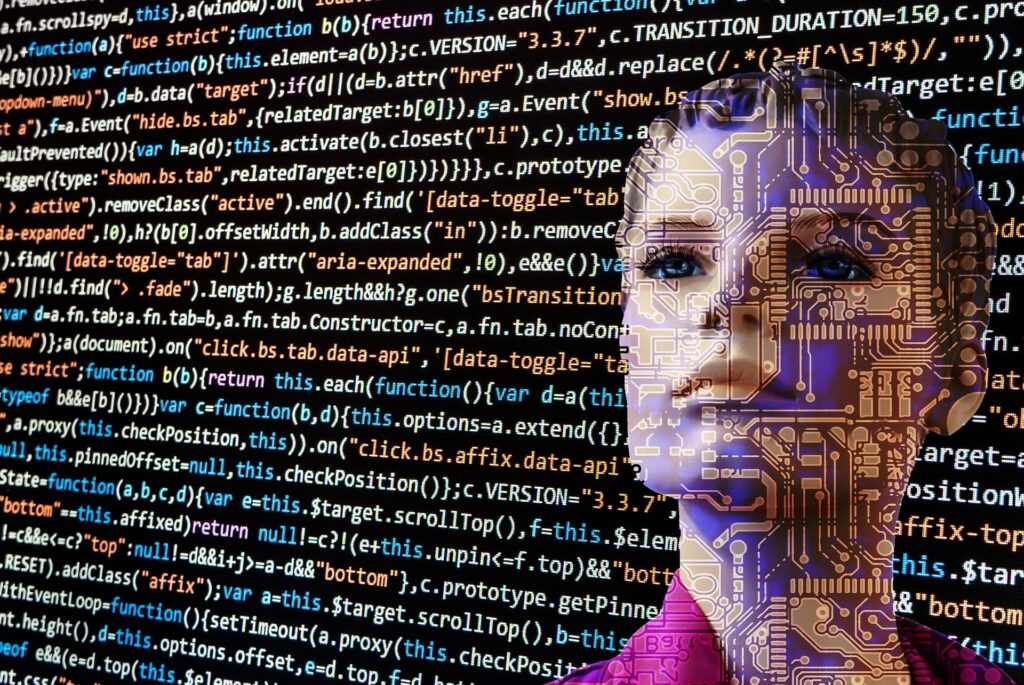
The future or the technologies that we will see in 200 years, cannot know for sure; What we are certain of is that by this year, a one-kilometer high building will open ( Jeddah Tower, Saudi Arabia) and that by 2025, there will be more than 8 billion inhabitants on Earth. The question is: what technologies of the future will shape our destiny?
1. 3D PRINTERS
Being able to print a Marvel doll in 3D is incredible; however, these printers also perform more complex tasks such as tools, prosthetics, and food. You can even print a Lamborghini…
GQ Factor: Vienna Medical University printed a human placenta last year, while biotech company BIOLIFE4D will try to do the same with a functional heart this year.
2. HELIO-3 (HE3)
This element can be used as a clean non-radioactive fuel in nuclear fusion power plants. Gas exists on Earth, but in very small amounts. On the moon, it is abundant thanks to its null atmosphere and the constant bombardment of He3-laden solar winds.
GQ Factor: According to the European Space Agency (ESA), with what exists of He3 on the moon, our planet could be supplied with energy for the next 5,000 years.
3. AUTONOMOUS AUTOMOBILES
Computer-aided driving is the safest way to get around. Fully autonomous driving has not been achieved; we are at level 2, where the car still relies heavily on the driver for complex things. The maximum level to reach is 5. Audi recently launched one and it will be normal for the future.
GQ Factor: According to the ANSI (American National Standards Institute), the Driving Automation Levels (SAE International) will reach level 5 between 2025 and 2030. For those years, the car will not need someone at the wheel.
4. ROBOTICS
It is the science that includes mechanical, electronic, and computer engineering, which deals with the design, construction, operation, and use of robots.
GQ Factor: Robophobia is a real anxiety disorder in which the person has an irrational fear of robots and artificial intelligence. Ironically, people like Bill Gates, Stephen Hawking, and Elon Musk suffer from this disorder.
5. ARTIFICIAL INTELLIGENCE
Today, AI (Artificial Intelligence) is used in autonomous vehicles, smartphones, drones, etc. When AI machines are capable of self-reprogramming, then it will be true Artificial Intelligence.
GQ Factor: According to a study by Stanford University Professor Clifford Nass, most people prefer the sound of a female voice; that’s why AI assistants use a woman’s voice (Siri, Alexa, and Google Assistant).
6. NANOTECHNOLOGY
It is the manipulation of matter on an atomic, molecular and supramolecular scale, which is used to alter and rearrange patterns at the level of the atom. New materials can be created, such as fabrics that never smell bad or plastics that disintegrate in contact with seawater.
GQ Factor: Nanotechnology was introduced in 1959 by Nobel Prize-winning physicist Richard Feynman, who proposed using full-size robots to build smaller replicas and then using the new set to make something even smaller, and so on until reaching the molecular scale.
7. QUANTUM COMPUTING
These supercomputers handle information differently than the binary PCs we use: instead of storing one result at a time using bits represented by 0s or 1s, they use quantum bits (qubits) to encode information like 0s, 1s, or both at the same time. This overlapping of states allows you to manipulate huge combinations of data at the same time.
GQ Factor: Currently, quantum computer, like the D-Wave 2000Q, cost just over $ 15 million, so if you want one, forget about the Black Friday discounts.
8. SYNTHETIC BIOLOGY
Interdisciplinary branch in which biology, engineering, and computer science are combined to alter DNA, creating together artificially synthesized genetic material (biosynthetic). Its goal is the redesign and manufacture of biological components that do not yet exist.
GQ Factor: The World Health Organization (WHO) recommends artemisinin-based combination therapy (ACT) for the prevention of malaria. Based on this same component, artemisinin acid is a more effective semi-synthetic drug.
9. VIRTUAL REALITY (VR)
Videogames are the main market for VR, where they “wrap” you, creating an alternative world. However, this technology has many drawbacks such as the use of heavy, expensive, and cumbersome lenses (not counting nausea after 30 minutes of use). Currently, it is best used in training for pilots, military, and police, and it is said that it could improve the lives of women.
GQ Factor: The California Institute of Technology (CALTECH) stated that 3D volumetric technology will be integrated into VR systems, in which hyper-realistic holograms are created using laser projectors without the need for lenses, this implies how the technologies will arrive from the future.
10. GENETIC ENGINEERING
This modifies and manipulates the genes of an organism using biotechnology, changing the genetic makeup of cells and creating new DNA. In addition to inserting genes, specific parts of the genome can also be removed. This is ideal for curing diseases or altering foods, making them more resistant to any climate.
GQ Factor: Many governments are against genetic modifications in humans, but last year, Lulu and Nana, two babies modified to resist AIDS, were born in China.






